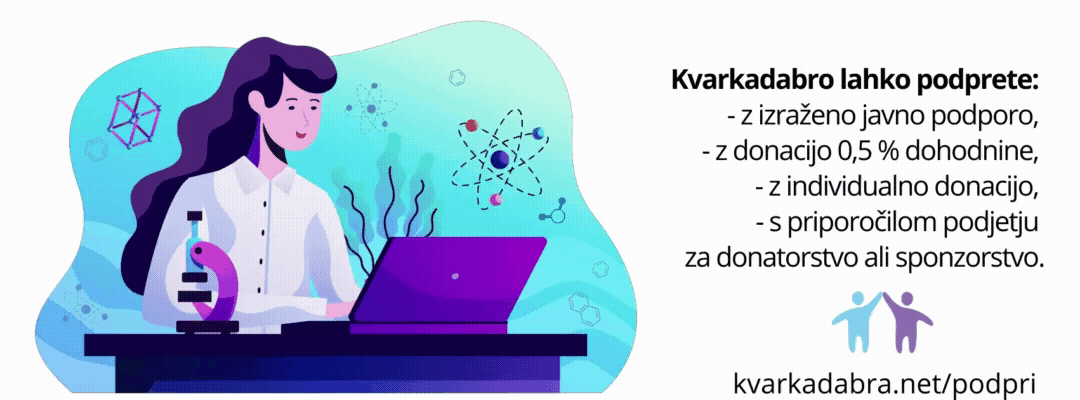V reviji Smithsonian Magazine je pravkar izšel zelo zanimiv članek o finskem šolskem sistemu z naslovom Why Are Finland’s Schools Successful?, iz katerega se lahko tudi pri nas kaj naučimo. Nekaj odlomkov:
The transformation of the Finns’ education system began some 40 years ago as the key propellent of the country’s economic recovery plan. Educators had little idea it was so successful until 2000, when the first results from the Programme for International Student Assessment (PISA), a standardized test given to 15-year-olds in more than 40 global venues, revealed Finnish youth to be the best young readers in the world. Three years later, they led in math. By 2006, Finland was first out of 57 countries (and a few cities) in science. In the 2009 PISA scores released last year, the nation came in second in science, third in reading and sixth in math among nearly half a million students worldwide.
…
There are no mandated standardized tests in Finland, apart from one exam at the end of students’ senior year in high school. There are no rankings, no comparisons or competition between students, schools or regions. Finland’s schools are publicly funded. The people in the government agencies running them, from national officials to local authorities, are educators, not business people, military leaders or career politicians. Every school has the same national goals and draws from the same pool of university-trained educators. The result is that a Finnish child has a good shot at getting the same quality education no matter whether he or she lives in a rural village or a university town. The differences between weakest and strongest students are the smallest in the world, according to the most recent survey by the Organization for Economic Co-operation and Development (OECD). “Equality is the most important word in Finnish education. All political parties on the right and left agree on this,” said Olli Luukkainen, president of Finland’s powerful teachers union.
…
Children spend far more time playing outside, even in the depths of winter. Homework is minimal. Compulsory schooling does not begin until age 7. “We have no hurry,” said Louhivuori. “Children learn better when they are ready. Why stress them out?”
…
Neighboring Norway, a country of similar size, embraces education policies similar to those in the United States. It employs standardized exams and teachers without master’s degrees. And like America, Norway’s PISA scores have been stalled in the middle ranges for the better part of a decade.
…
“Whatever it takes” is an attitude that drives .. most of Finland’s 62,000 educators in 3,500 schools from Lapland to Turku—professionals selected from the top 10 percent of the nation’s graduates to earn a required master’s degree in education.
…
Ninety-three percent of Finns graduate from academic or vocational high schools, 17.5 percentage points higher than the United States, and 66 percent go on to higher education, the highest rate in the European Union. Yet Finland spends about 30 percent less per student than the United States.








Fascinantno! Kdaj lahko v Sloveniji pricakujemo kaj podobnega? Mogoce cez dve genaraciji? Res upam!